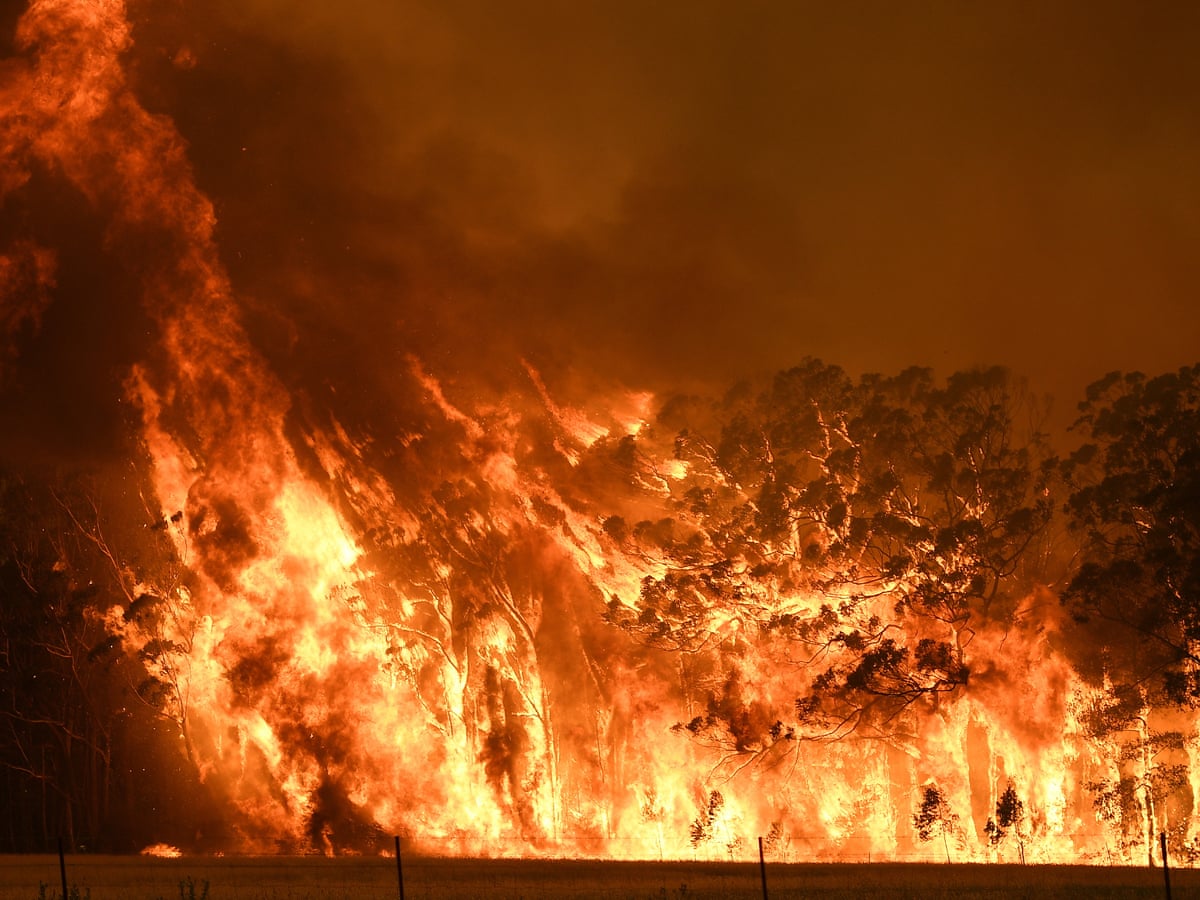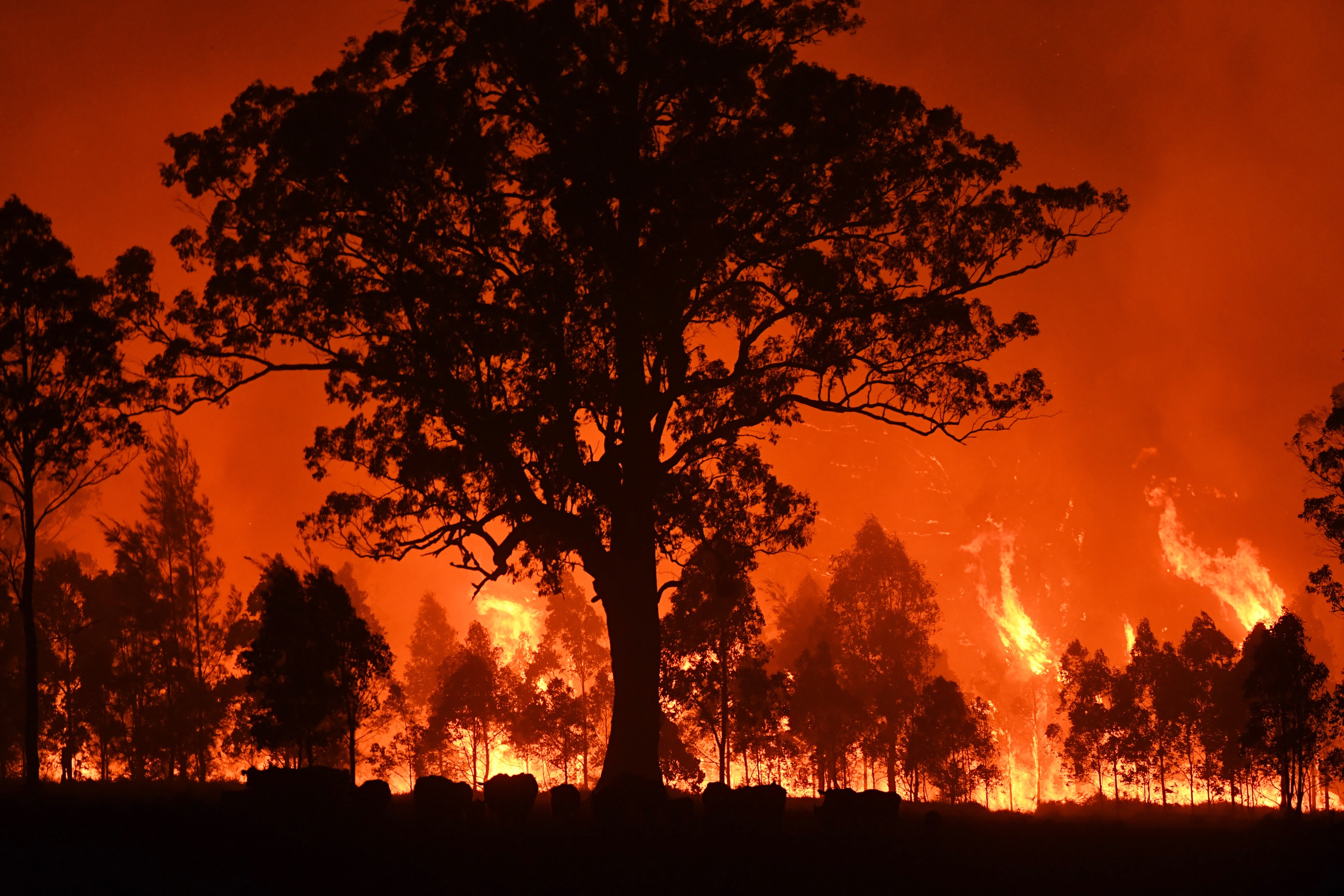Past Conformity: Enhancing Building Safety And Security with a Detailed BAL Report
Past Conformity: Enhancing Building Safety And Security with a Detailed BAL Report
Blog Article
Crucial Tips for Bushfire Administration to Guarantee Fire Protection

Comprehending Bushfire Danger Degrees
Understanding the varying degrees of bushfire threat is important for reliable planning and preparation in mitigating possible risks to lives and homes. Bushfire threat levels are generally categorized based on variables such as climate condition, fuel availability, topography, and historical fire habits. By comprehending these threat levels, people and neighborhoods can proactively execute strategies to minimize susceptability and enhance durability despite potential bushfire occasions.
The initial level of bushfire risk is low risk, where the likelihood of a bushfire happening and triggering significant harm is minimal. This level typically takes place during periods of low temperatures, moderate humidity, and very little wind speeds. Modest risk degrees indicate a raised possibility for bushfires due to escalating weather or gas schedule. High-risk levels symbolize a considerable threat, with problems for rapid fire spread and severe fire habits. Extreme risk levels are one of the most essential, posing unavoidable danger to homes and lives as a result of severe weather and extremely flammable fuels.
Recognizing these bushfire risk levels makes it possible for stakeholders to customize their preparedness and response activities accordingly, making sure a efficient and proactive method to bushfire management.
Establishing a Defensible Area
Effective bushfire administration begins with establishing a defensible space around homes to enhance defense against possible fire dangers. A defensible area is a barrier zone that produces an obstacle between a framework and the bordering combustible vegetation. This space acts as a vital line of defense, giving firemens a safe area to run and aiding to minimize the danger of a fire spreading out to the residential or commercial property.
When creating a defensible area, it is important to think about the design of the residential or commercial property and the bordering landscape. Clearing greenery, particularly very combustible plants, within a specific radius of the residential or commercial property can aid prevent the fast spread of fires. In addition, keeping a well-irrigated zone around the residential or commercial property can even more improve its defensibility.
Regular upkeep of the defensible room is critical to guarantee its effectiveness. This consists of cutting overhanging branches, removing dead vegetation, and keeping the location complimentary of debris. By investing time and initiative right into developing and maintaining a defensible area, home owners can dramatically improve their chances of protecting their homes and properties during a bushfire.
Implementing Fire-Resistant Landscape Design
When creating landscapes to minimize the danger of bushfires, incorporating fireproof components is vital for enhancing residential or commercial property security and decreasing fire risks. Applying fire-resistant landscape design involves tactical planning to develop a defensible area around structures. Begin by picking fire-resistant plant types that are much less likely to fire up and produce reduced degrees of flammable materials. Select plants with high wetness content, reduced oil content, and minimal dead plants to decrease the danger of fire spread. Furthermore, maintain appropriate spacing between plants and keep them properly pruned to avoid fire from conveniently leaping between greenery.

Producing an Emergency Evacuation Plan
Creating an extensive emergency discharge strategy is essential for guaranteeing the security and health of people during potential bushfire events (Bushfire Management Plan). An effective emptying plan ought to lay out clear procedures to adhere to in the occasion of a bushfire hazard, including marked discharge courses, setting up factors, and interaction protocols
To start producing an emergency evacuation plan, it is necessary to assess the particular risks and susceptabilities of your location. Identify multiple discharge paths that lead to risk-free locations far from the fire, taking into consideration elements such as terrain, road availability, and potential dangers. Establish interaction channels to sharp citizens of an upcoming evacuation, utilizing techniques such as alarms, message alerts, or door-to-door notifications.
Frequently testimonial and practice the evacuation strategy with all homeowners or community members to guarantee every person recognizes their obligations and functions. Conduct drills to evaluate the performance of the plan and make any type of required modifications. By having a well-prepared evacuation strategy in place, you can boost the possibilities of a risk-free this content and orderly discharge during a bushfire emergency.
Preserving Fire Security Equipment
After developing a thorough emergency situation discharge prepare for bushfire incidents, it is crucial to focus on the routine upkeep of fire security devices to ensure ideal functionality and preparedness. Normal maintenance of fire safety and security tools such as fire extinguishers, smoke detectors, emergency alarm, and lawn sprinkler is vital in guarding lives and property during a bushfire. When required., performing visit this website routine assessments, screening, and servicing of these gadgets by qualified experts is vital to assure they are in functioning order.
Fire extinguishers need to be checked routinely for pressure levels, visible damage, and proper capability. Smoke detectors have to have their batteries changed at the very least when a year and go through month-to-month screening to ensure they are functional. Fire alarm systems and automatic sprinkler ought to be examined occasionally to verify they are attached and operating properly. In addition, it is crucial to maintain fire security equipment accessible, unhampered, and plainly classified for very easy identification throughout an emergency. By vigilantly preserving fire safety and security tools, individuals can boost their preparedness and response capacities in the event of a bushfire.
Final Thought
Finally, efficient bushfire administration entails comprehending danger degrees, creating defensible rooms, implementing fireproof landscape design, creating discharge strategies, and keeping fire safety devices. By adhering to these crucial suggestions, individuals can make certain far better fire security and safety for their residential properties and communities. It is important to focus on aggressive steps to reduce the threats connected with bushfires and to be prepared for emergencies.
By understanding the subtleties of bushfire threat degrees, establishing defensible spaces, executing fire-resistant landscape design, creating detailed emptying plans, and making certain the maintenance of fire security equipment, individuals and areas can read this post here dramatically reinforce their resilience against the ravages of wildfires - BMP. These tips are not only critical for securing versus prompt fire hazards yet likewise for promoting long-lasting fire security methods that can make a significant distinction in the face of escalating bushfire dangers
High-risk levels represent a significant danger, with conditions favorable to quick fire spread and extreme fire actions. Regular upkeep of fire security equipment such as fire extinguishers, smoke detectors, fire alarm systems, and sprinkler systems is important in securing lives and residential or commercial property during a bushfire.In conclusion, efficient bushfire management entails comprehending threat levels, developing defensible rooms, applying fire-resistant landscaping, developing evacuation strategies, and preserving fire security tools.
Report this page